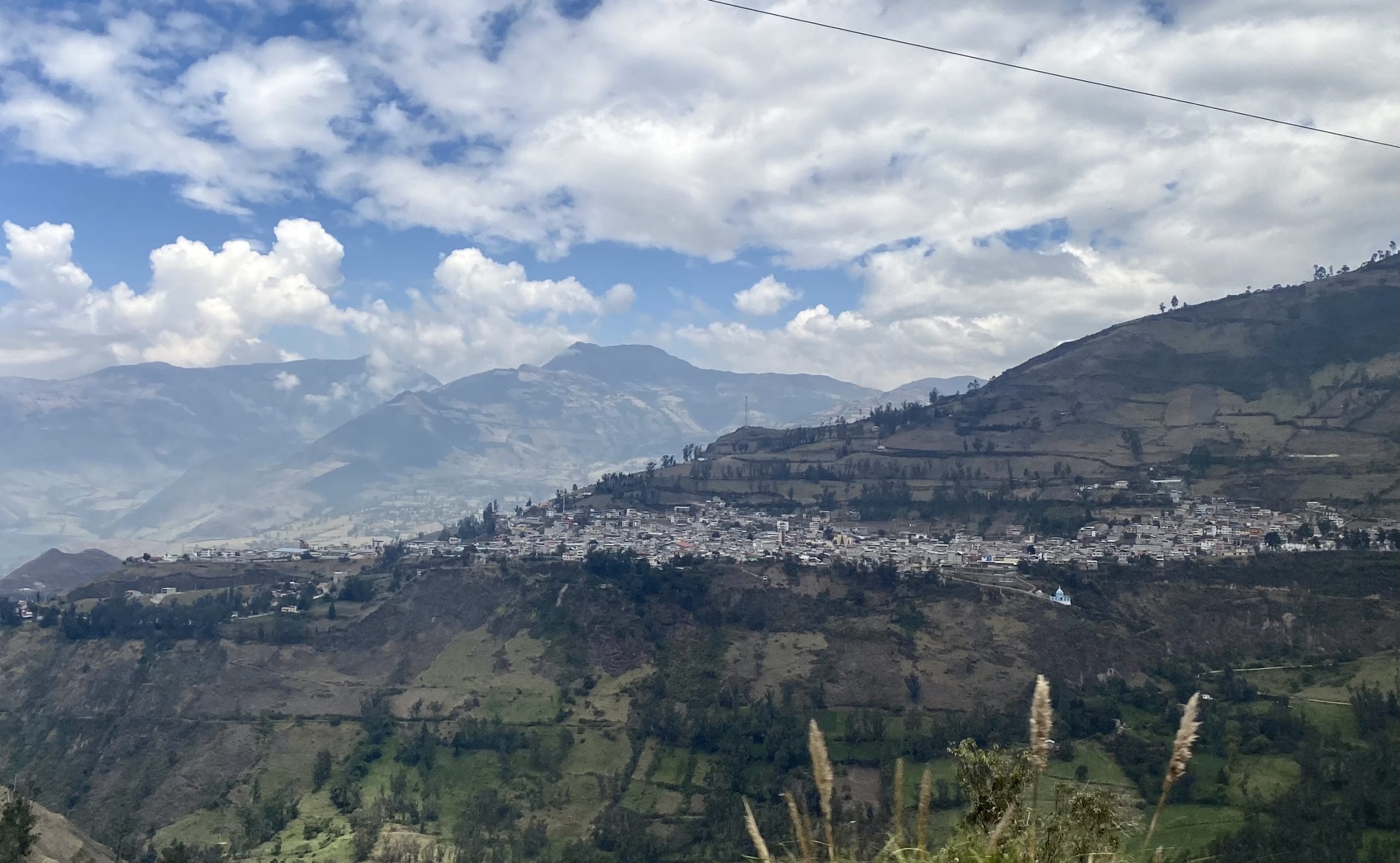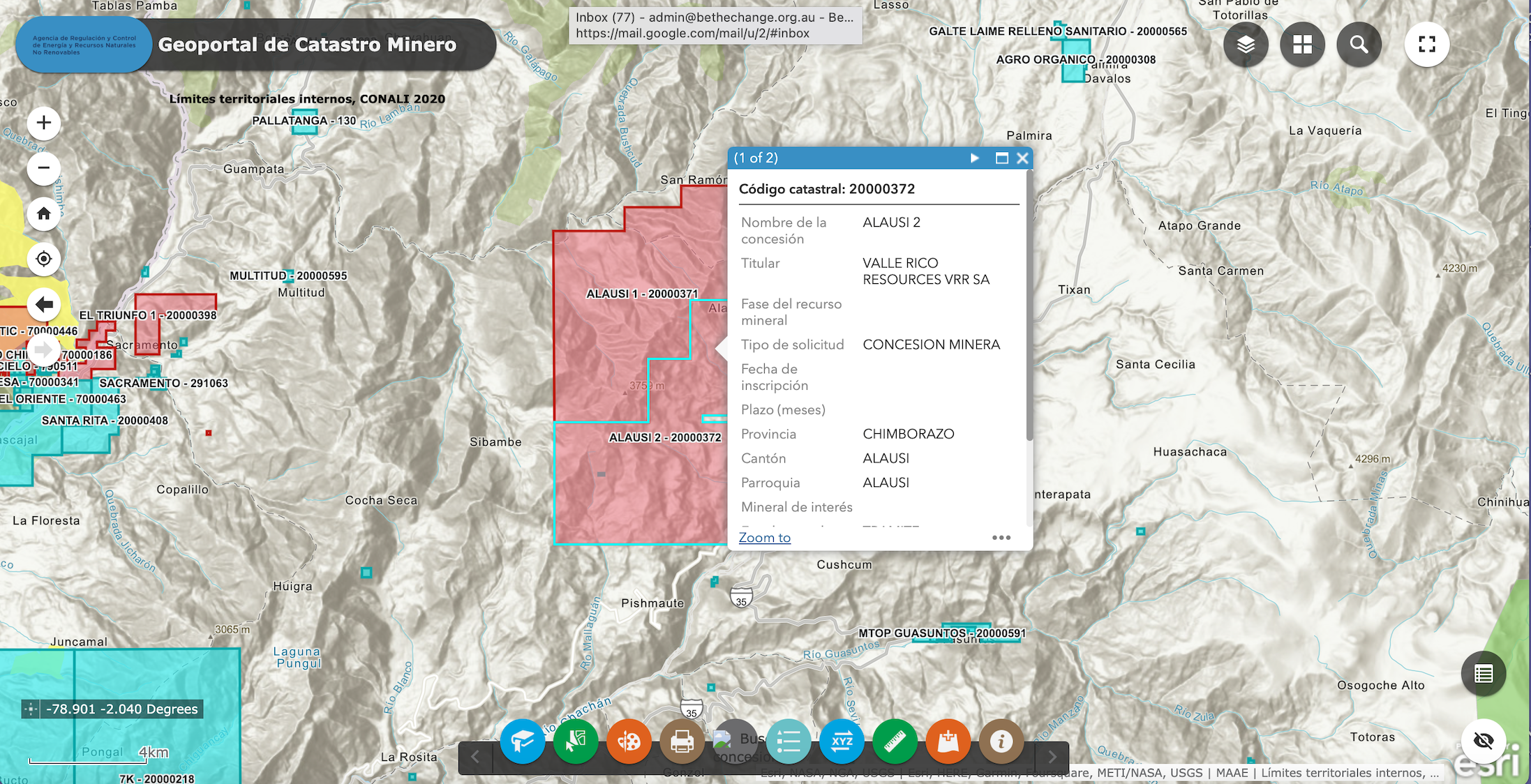Rising death toll from Ecuador landslide demonstrates risks for mining investment
Deadly landslide buries Ecuador town, killing 28 in region earmarked for mining by Australian mining company SolGold.
On Sunday 26 March, a massive landslide caused a large chunk of a mountainside to partially bury the isolated highland town of Alausí, in Chimborazo province, Ecuador – a region destined for mining activity by Australian company SolGold.

One week later, the death toll had risen to 28, with 163 homes damaged, and another 57 completely destroyed. Many residents are Indigenous people and small farmholders who have limited economic resources to rebuild and weather this tragedy.
Intensive search and rescue efforts are still underway despite the risk of further landslides due to new cracks in the upper part of the mountain.
The landslide followed monsoonal spring rains, which have caused the Ecuadorian Government to declare a 2-month state of emergency in 13 of the country’s 24 provinces. Just a week earlier, an earthquake centred in southern Ecuador killed 15 people.
The area of Alausí is earmarked to be explored for grand scale copper and gold mining. Brisbane-based SolGold has two pending concessions under its subsidiary Valle Rico Resources. These will likely be ratified by the Ecuadorian Government once the new National Mining Registry is opened, sometime in 2023.
"The tragic loss of life after these disasters demonstrates the extreme risk posed by any mining activity in this area. For example, the deadly accidents in Brazil in 2015 and 2019 have shown us what happens when mining waste containments are breached,” says Liz Downes of the Rainforest Action Group, a nonprofit research and advocacy group.
“Climate change is causing an annual increase of natural disasters in a mountainous and seismically active country. If mining-related deforestation and tailings dams had been involved here, the impacts may have been catastrophic. Despite this, SolGold and other Australian mining companies are continuing to invest heavily in Ecuador," says Liz Downes.
“This and other recent disasters should be of serious concern to all investors in Ecuador’s mining industry,” says Liz Downes.
Metallic mining concessions cover 7.55% (2.12 million hectares) of Ecuador’s total land mass. Exploration activities are being conducted in the majority of these, with tens of projects at advanced exploration stage, and two mines in operation.
SolGold, which is listed on the Toronto and London stock exchanges, owns the largest investment – a total of 75 concessions, distributed throughout Ecuador’s highlands and south-eastern Amazon.
Full media release here for more information.
Below: SolGold's Alausí concessions. Image credit: Ecuadorian Government ARCGIS

